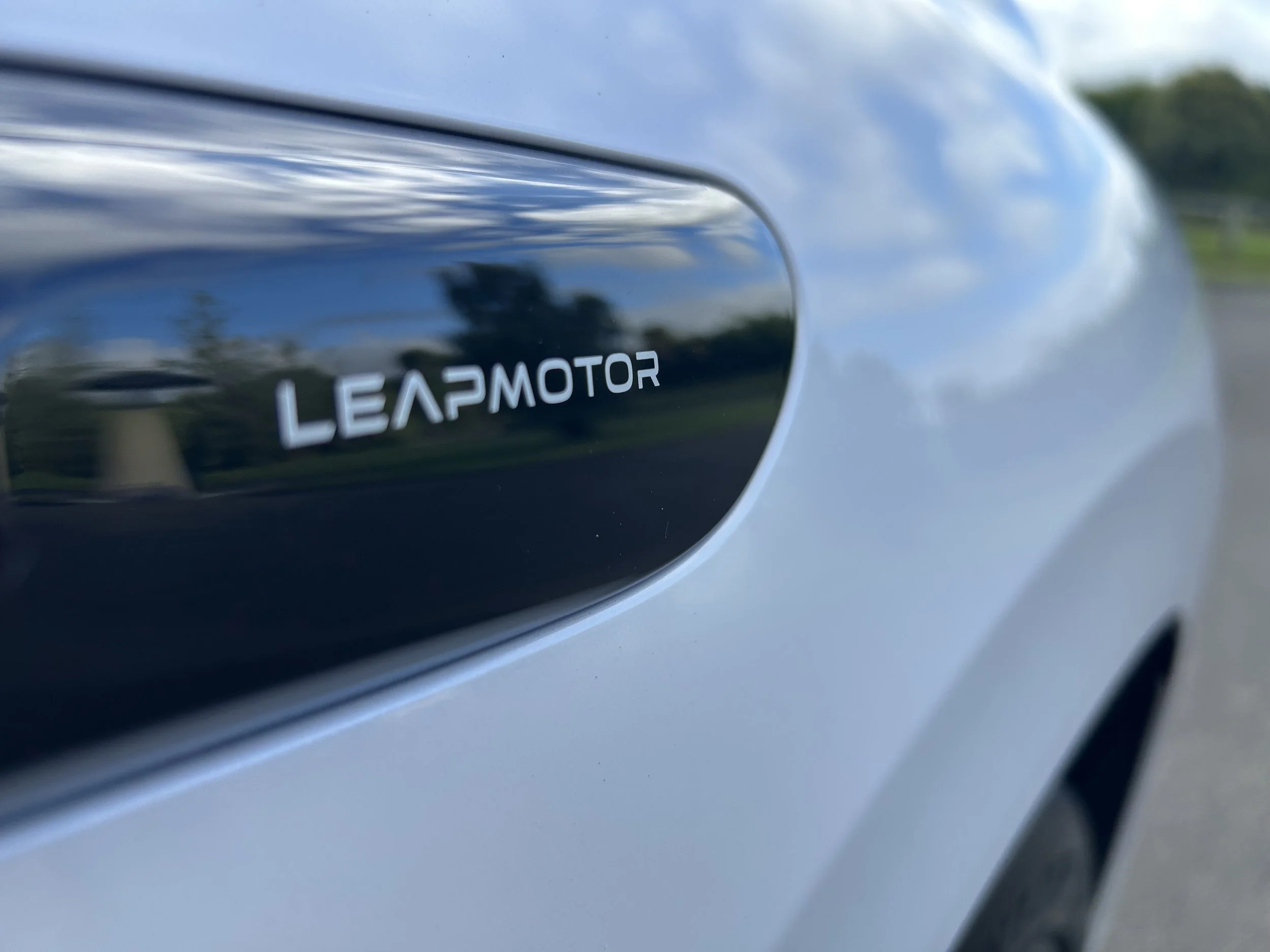Black-hearted Lexus has silver lining
/The sensible version of the biggest Lexus is finally here … but fuel squanderers need not fear, the stupid original remains in stock.
ARRIVAL of a diesel version of the largest Lexus won’t divert some from continuing to buy into an alter ego with a world-class drinking
The latest and potentially last big facelift for the now eight-year-old LX gives Lexus New Zealand opportunity to talk up an aspect previously lacking from its CV: Green credentials.
The bigfoot bent-L model has not adopted the petrol-electric hybrid technology that fronts up in all the Lexus sedan models and the two problem.smaller sports utilities, the RX – whose new generation in imminent – and the Toyota RAV4-spun NX. Instead it goes to something even better for those out to involve in actual off-roading: A diesel.
The 4.5-litre V8 is a familiar unit, being plucked unaltered from the Toyota Land Cruiser 200-Series on which the LX is based.
The availability of this 200kW/650Nm unit will assuredly lift market interest, the distributor has no intention of dropping the controversial 270kW/530Nm 5.7-litre petrol V8 that has sole-powered this vehicle until now.
A cited economy of 14.4 litres per 100km is a three percent improvement on the pre-facelift model, brought about by adoption of an eight-speed transmission.
Yet the petrol engine, which Lexus delivers primarily to satisfy tastes in the Middle East and North America, is bound to still remain especially indulgent: On past experience the model has tendency to sup at around 18-20L/100km in general road use, and become much thirstier when taken off-road.
That level of inefficiency means the 5.7 holds reputation as being not only the thirstiest mill in Toyotadom by some measure.
It’s why Lexus finally relaxed its ‘no diesel’ rule and installed into this model the twin turbo mill that offers a claimed 9.5L/100km fuel burn, the same rate as cited for the Land Cruiser.
So why keep the petrol? In the main because Lexus New Zealand continues to assert that this edition should still be up to nabbing the dozen or so sales it has traditionally nabbed over recent years. That’s a low count but still enough of a following to keep it in the showroom.
“We have no reason to reconsider the LX570,” commented Lexus sales general manager Steve Prangnell. “It still plays a part.”
Blame, in a way, the strong Kiwi interest in sports utilities of all types. The large sector in which this model competes is small but “New Zealand’s love affair with SUVs is far more prominent in luxury than in the mass market.” And 57 percent of Lexus sales are SUV although most go to the RX and NX.
“But the LX maintains importance … it’s (SUV) the segment where you have to compete in, in terms of luxury.”
The LX570 also remains because it offers a higher specification and a stronger seating count than the LX 450d. There’s no clear explanation why the diesel is only here in five-seater specification, whereas the petrol maintains in seven-seat format, with an extra row of chairs in the boot. Also, the diesel maintains with the six-speed automatic that continues to serve in the Land Cruiser.
The LX 450d’s presentation reflects in price saving; though its $159,900 sticker represents a $17k step up from the Land Cruiser Limited, it is still significantly cheaper than the LX 570 that now positions at $179,900, a $15,900 reduction over the previous model.
The 450d still gets full leather, air suspension with active height control and a power tailgate, but also misses out on ventilated seats, rear entertainment screens, third-row seating, Mark Levinson audio and restricts to 18-inch alloys, whereas the LX570 is on 21s.
The updated LX is easily identified by adopting an XXL-sized spindle grille and LED headlights, indicators and fog lights. The rest of the body shape is highly familiar though Lexus attests only four door panels and roof carry over from the previous model.
Like the incoming RX and just refreshed ES sedan, it also now has a new safety package called Lexus Safety System Plus, which combines the four key safety systems of Dynamic Radar Cruiser Control, Pre-Crash System, Lane Departure Alert and Automatic High Beam for the headlights.
Radar Cruise is an all-speed system that maintains a set distance to the vehicle in front. Pre-Crash detects sudden stops by vehicles ahead and warns drivers on an impending accident.
Lane Departure uses the same camera as the cruise control and issues a warning signal if the vehicle strays across lane markings without indicating, while a further lane-keep assist function helps maintain a straight course when the cruise control is active.
Automatic high-beam maximises use of the headlights' full power by detecting oncoming traffic and shielding the lights from that area of the road., meaning drivers do not have to manually dip the lights.
All are features currently available in a variety of Lexus models, but from 2016 forward every major model update will include LSS Plus as standard. The package will also be added to the GS sedan next year, followed, in 2017, by the IS CT, NX, RC and LS.
This is the third refit for the LX, which in dating back to 2007 is now easily the oldest model in Lexus-dom. Notwithstanding that large orthodox off-roaders out of Japan tend to have extra-long model lives, the LX 570/ Land Cruiser 200-Series has nonetheless been longer-lived than most - it’s virtually the Lonesome George of its world.
Yet Lexus NZ believes it will remain in stock for at least a couple more years and sees no reason why the brand will not issue another generation based off the same formula in due course.

















